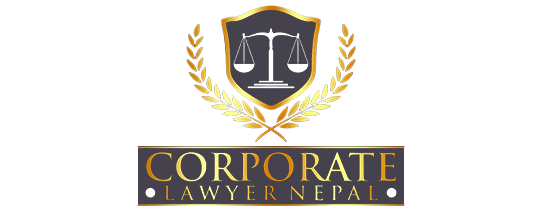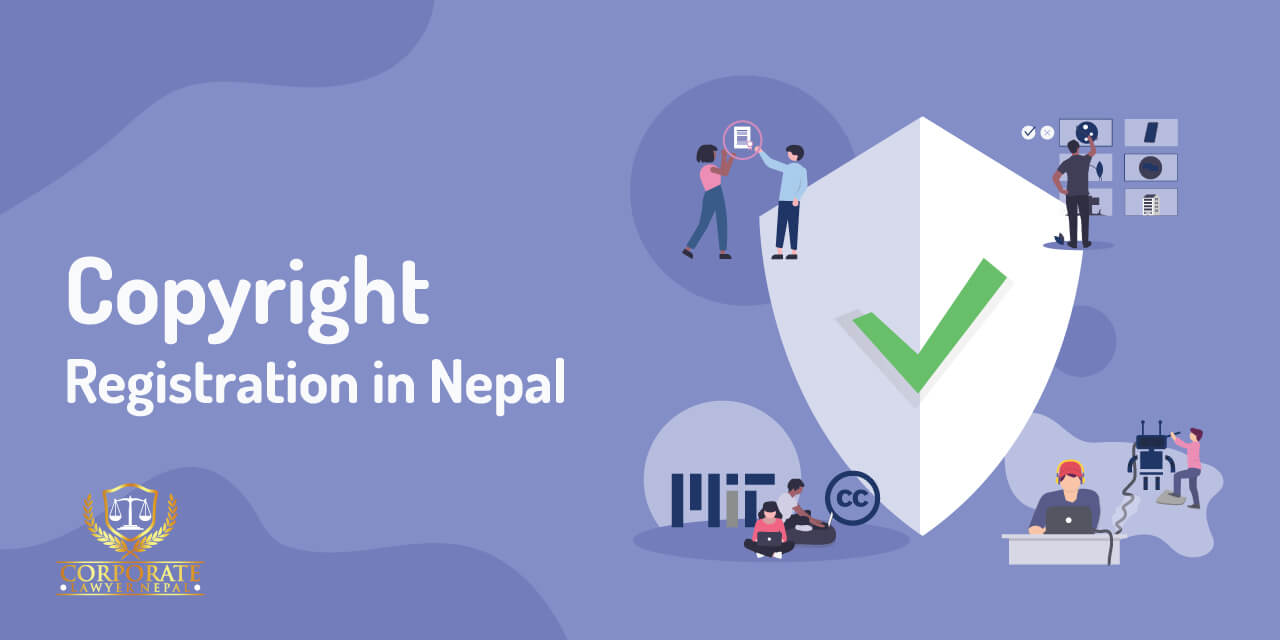The procedure for registering a copyright in Nepal’s Copyright Registrar office
The Nepal Copyrights Registrar Office began operations on April 29, 2004, in accordance with the Copyright Act, 2059 (2002) for copyright registration in Nepal.
The Nepal Copyright Registrar Office Nepal is in charge of registering copyrights and the various organizations that distribute royalties, as well as resolving any disputes that arise from them.
Prior to registering the copyright, it is critical to understand which types of articles, compositions, and sound recordings can be copyrighted. In Nepal, copyright can be claimed for original works in the following categories: musical works, literary works, and visual works. Books and manuscripts, as well as cinematography films, are instances of literary works.
1. Designs for clothing, artistic works such as paintings, performances, software and other computer programs and compilations, and so on. It should be noted, however, that copyright does not protect titles, names, ideas, concepts, slogans, methods, or short phrases.
Section 6 of the Copyright Act, 2059 (2002) confers economic rights on the owner of the work. In the case of a joint work by the author and a co-author, the copyright can be claimed collectively. The author, or a person or organization that has acquired ownership rights from the author via a written contract, will, or other means.
- Any person authorized to act on behalf of either the author or the copyright claimant can file an application with the Nepal Copyright Registar’s Office.
3. Documents necessary for copyright registration
Before we get into the procedure you must follow to get your work registered under Nepal’s Copyright Act, 2059 (2002), we must first look at the necessary documents.
Though there are some unique requirements for various types of work, the basic requirements are as follows:
- Three copies of the presented composition, sound recording, presentation, or broadcasting are required (visual equipment and computer programs must be submitted in digital form in the event or registration).
- Copies of the work if it has been published; two copies of the manuscripts if it has not been published;
- If an attorney files the application, both the attorney and the party must sign a special power of attorney or vakalatnama.
- Work authorization in the event that the applicant does not complete the work;
- Specifics about the title and language of the work;
- Information such as the applicant’s name, address, and nationality;
- Additionally, the applicant must provide his phone number and email address.
- If the applicant is not the author, a document with the author’s name, address, and nationality, as well as the date of death if the author is deceased;
- A no-objection certificate from the trademark office is required if the work is to be used on a product.
- A no-objection certificate from the author is required if the applicant is not the author. In this case, the author’s permission may also be required.
- If a person’s image appears in the work, a no-objection certificate from that person is required.
- A no-objection certificate from the publisher is required if the publisher is not the applicant.
- If the work has been published, include the year and location of the first publication.
- Data on the year and country of publication of subsequent publications; 15. If the copyright is for software, both the source code and the object code must be included.
- A copy of the authorized copyright holder’s citizenship certificate
- Copyright, relevant production, and authorized product creation
- A copy of the agreement, including reproduction, sale, and distribution agreements, as well as lease agreements.
- Transfer of economic rights in connection with copyright or;
- A copy of the usage agreement, or the deed paper
- Make a duplicate of the documents.
- Documents that support up the assertion
- Submission of a composition or authorized copyrighted products for registration.
- If you are a member of a public organization, please include the documents from that organization that support your submission.
- Proof of ownership of composition, presentation, or broadcasting.
3. The following is the procedure for registering a copyright in Nepal:
Step 1: Submit an application to the copyright registrar’s office.
An application must be filed with the Nepal Copyright Registrar Office, according to Rule 4 of the Copyright Regulation 2004. The author of the work, the owner of a copyright claim, the owner of an exclusive right to the work, or an authorized agent).
A separate application must be filed with the registrar, along with the particulars of the work, for registration of each work. The application for registration must be made in the manner specified in the first schedule to the Copyright Regulation 2004.
If additional documents are required, a separate application must be submitted.
The applicant must sign the applications. If applicable, a Power of Attorney signed by the party and accepted by the advocate should be enclosed.
Step 2: Examining
The copyright application is then examined in the following step. There is a minimum 35-day waiting period after the dairy number is issued. During this time, the copyright examiner.
The waiting period exists to allow for the emergence and consideration of objections. The procedure is split into two parts here:
In the absence of any objections, the examiner proceeds to review and scrutinize the application for any discrepancies.
If no objections are filed, the application is examined by the examiners in the absence of registration. If an inconsistency is discovered, the applicant is usually given time to correct it.
Step 3: Registration
The last step is registration. The registrar may ask for additional documents at this point. When the Registrar of Copyrights is completely satisfied with the applicant’s copyright claim, he or she will enter the copyright details into the register of copyrights and issue a certificate of registration
After submitting your application and receiving your Registration number, you must wait 30 days to ensure that no objections are filed in the Copyright office against your claim. If an objection is filed, the Registrar of Copyrights may decide whether or not to register the work after hearing from both parties.
Step 4: Certificate
Certificates are formal documents or written assurances that state an official fact and are commonly used as testimony for certain purposes. Certificates are typically repetitive because they contain only common words or standard formats.
Certificates are not considered copyrightable subject matter because they belong to a subset of works in which the creative mind is either completely absent or so minor that it is almost non-existent.
f you need such legal assistance, please contact us at +977-9849517735 or info@corporatelawyernepal.com.np
Alpana Bhandari is a founding partner and CEO of Prime Legal Consultants and Research Center. She graduated from American University Washington College of Law. She specializes in corporate/arbitration and family law.


2 Comments
this is all what i needed
Dear Sir,
How to register my song, how to upload
Nepal Copyright Registrar’s Office, give me a link
Sundar Mani Adhikari
Write a Comment
Recent Posts
Categories